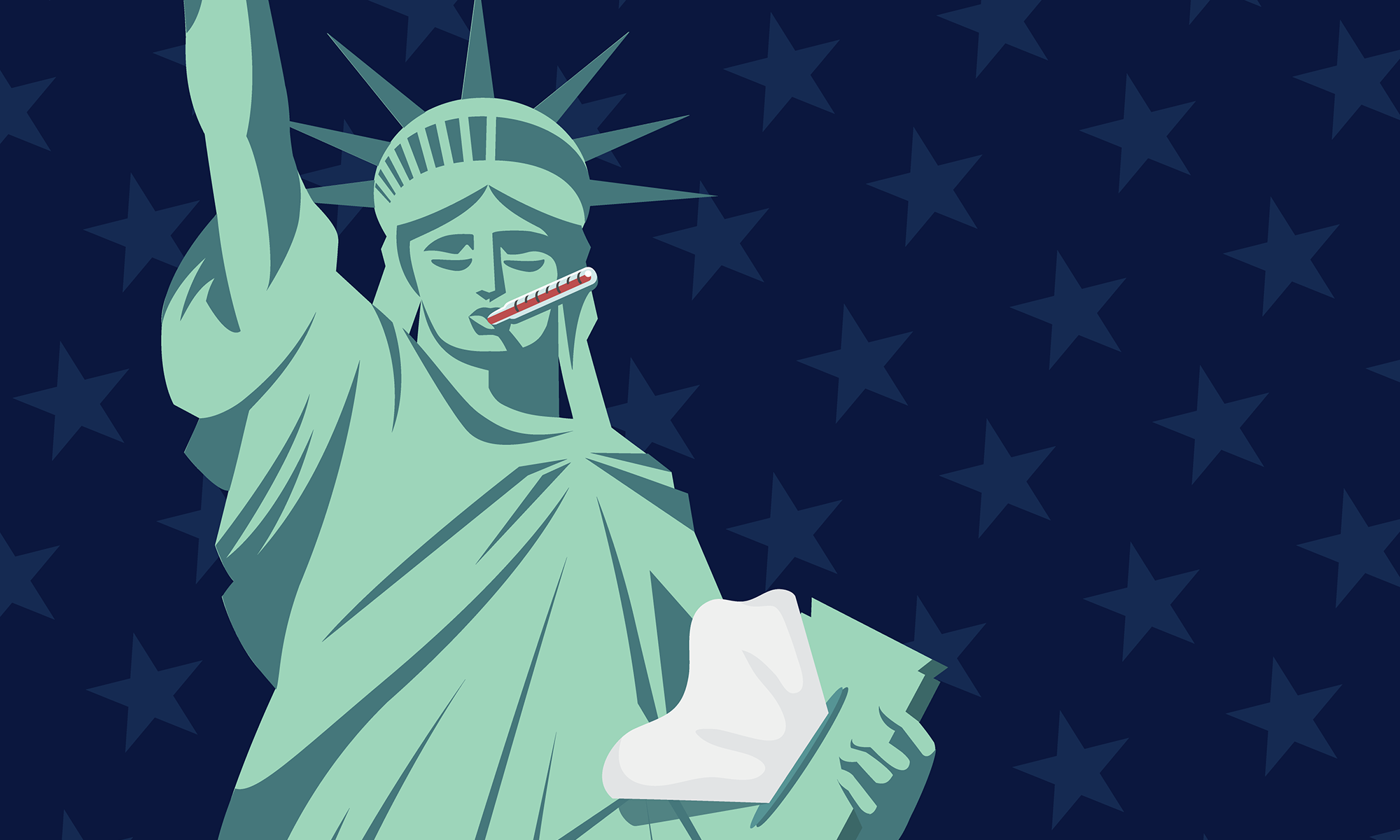President Donald Trump is calling on the Federal Reserve to zero out interest rates—or adopt a negative rate—at its meeting this week. But Narayana Kocherlakota, the Lionel W. McKenzie Professor of Economics at the University of Rochester, says that won’t happen. Instead, he expects the Fed to cut its target interest rate by a quarter percentage point, a move he supports. Kocherlakota, a former president of the Federal Reserve Bank of Minneapolis, says the lower interest rate makes it easier for consumers and businesses to borrow and so encourages economic growth. Kocherlakota expects one more thing at this week’s meeting—more Fed members to dissent about the majority decision to cut rates by a quarter percentage point
Along with voting on interest rates, the Fed will release its economic projections, which Kocherlakota says could complicate efforts for markets to have a sense of where monetary policy is headed. As he explains, a hawkish or dovish attitude by the committee could very well affect stock market activity and the value of the US dollar.

How stable is the US economy at present?
If you look at the financial markets, investors seem to be a little more sanguine about some of the downside risks than they have been. That’s particularly the case with bond yields, which are not as low as they were in mid-August. If we see low bond yields, it means investors are afraid about a possibly severe recession and are seeking the safety of government bonds.
Overall, the baseline numbers remain quite strong with low unemployment and continued employment growth. Right now, the US economy remains a very positive picture.
President Trump is calling for a zero or negative interest rate. What are negative rates and how can they help the economy?
Negative rates are merely an extension of usual monetary policy. To stimulate the economy, interest rates are lowered, which makes borrowing cheaper and saving less attractive. As a result, consumers are more willing to spend. The same is even more true if the central bank makes interest rates negative. But what does that mean? The Federal Reserve pays commercial banks interest on the deposits that they hold with the Fed. When that interest rate falls below zero, those deposits, in a sense, will be taxed. What’s the benefit of that? The banks would try to avoid the tax by lending out their money to households and businesses, which should stimulate economic activity.
Could a move to zero or negative rates send the wrong message—that the US economy is troubled?
Yes, there is a risk of that. If the Fed were to cut rates by a full percentage point, for example, it would risk sending one of two messages. One is that, the Fed is completely under the control of the president, which is not a positive message. The second is that, no, the Fed is not under the control of the president, but they are worried about downside risks to the economy.
What do you think the Fed will do this week, and what do you favor them doing?
The Fed will cut interest rates by a quarter percentage point. I also expect there to be even more dissension at this week’s meeting than we’ve seen recently. At the last meeting, Esther George and Eric Rosengren—the president of the Kansas City Fed and the Boston Fed, respectively—dissented in favor of keeping the interest rate unchanged; I expect them to do so again. Plus, I think there’s a good chance that Jim Bullard, who’s the president of the Federal Bank of St. Louis, will dissent in the opposite direction, suggesting there should be a larger cut in interest rates at this time.
The much more difficult issue for the Fed is the following: every two meetings, the Fed releases its projections for the economy, including their outlooks for policy. The markets will look at these projections very carefully. If you look at market forecasts right now, there’s a lot of uncertainty about how much the Fed will change its target interest rate over the remainder of the year and into the early part of 2020. Essentially, the markets are betting that the Fed, by the end of this calendar year, is roughly equally likely to have cut its target interest rate one more time—after this meeting’s cut—or keep it unchanged. The Fed has a difficult balancing act, because if their projections reveal there will be no more cuts, the markets will see the Fed as more hawkish than had been expected, and it’s possible we could see big moves in the markets as a result, such as higher yields in bond markets, an appreciation of the dollar, and a drop in stocks. On the other hand, if the committee, as a whole, favors one more cut, then people would think the Fed is dovish, which could lead to an increase in stock market valuation and a fall in the dollar. My best guess is that the Fed’s projections at this meeting will in fact predict one more cut this year.
Would you support a quarter percentage point cut in interest rates?
My preferred plan remains a contingent one, which is to have an aggressive Fed move that is conditioned on a sufficiently large deterioration in labor market conditions. For example, if the unemployment rate were to rise above four percent for a quarter, the Fed would cut rates within a meeting or two by a percentage point or more—maybe even down to zero. This plan would commit the Fed to the right kind of response to a downward shock and would free it from being under the control of the president, because it would simply be responding to economic conditions. But this contingent approach is not on the table. So, if I were still with the Fed, I would join the majority and vote for a quarter percentage point cut.




